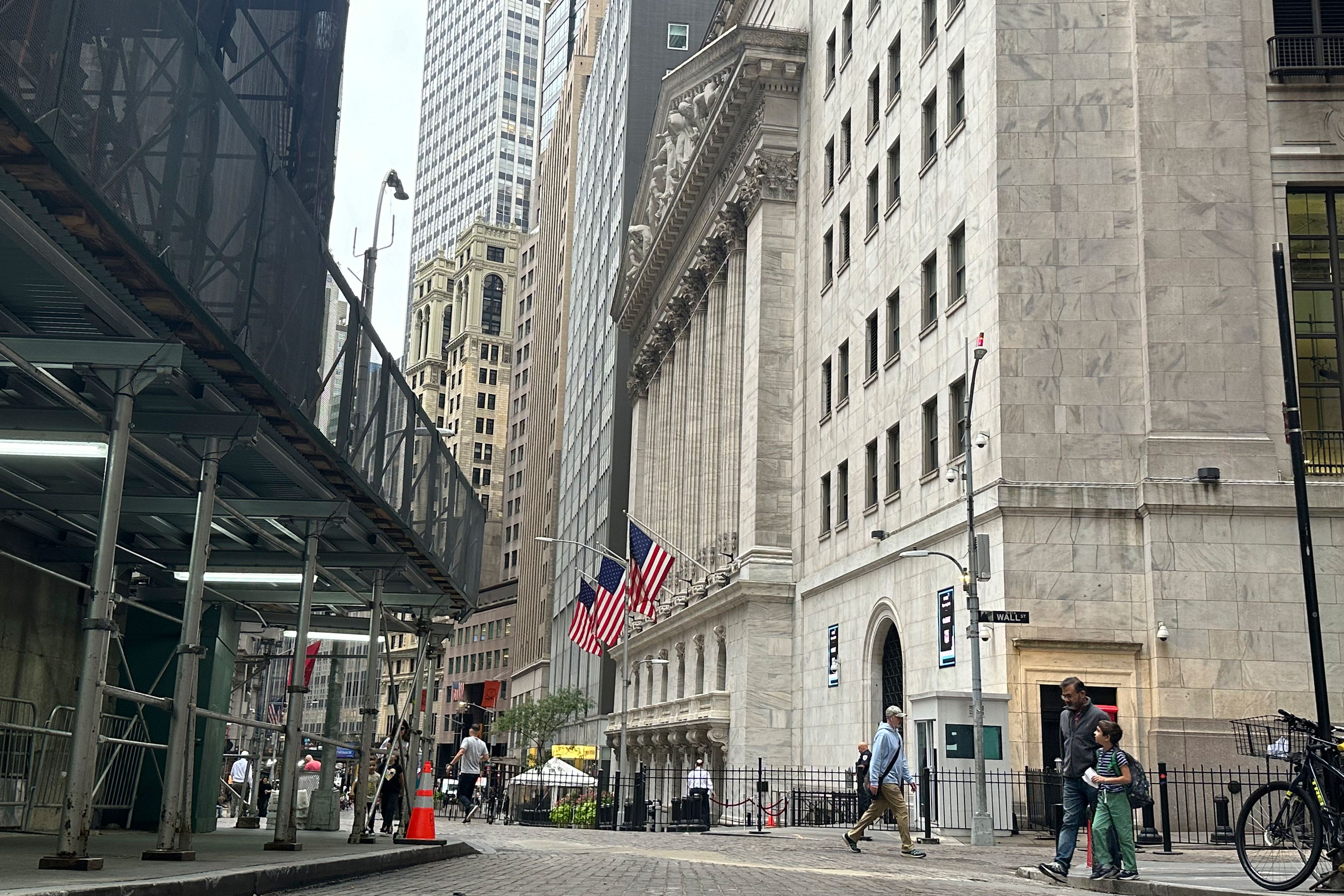During the recent recession, many Americans weren't traveling, eating out or buying new cars, clothes or homes.
But they were exercising.
"That never changed," said Linda Jones, manager of Curves For Women, a fitness club in Cape Girardeau. "We're signing up new members, and our old members kept coming in and working out. Business has been great."
While many industries and companies struggled during the economic downturn, the health-club industry enjoyed growth in key areas, including revenue and membership growth and retention.
That's according to a recent report released by the International Health, Racquet and Sportsclub Association, or IHRSA, a leading not-for-profit trade group representing health and fitness facilities, gyms, spas, sports clubs and suppliers worldwide.
"Business has really been booming," said Scott Givens, assistant manager for Main Street Fitness in Jackson, Mo. "The recession hasn't affected us. There just seem to be a constant influx of people wanting to get in better shape."
'Money well spent'
According to the report, conducted for IHRSA by Ernst & Young, total revenues for health clubs were up by 6.4 percent and total net membership was up 12.8 percent over 2000.
An annual consumer report sponsored by IHRSA determined that the 33 million Americans who currently belong to health clubs visited the gym an average of 89 times per year, translating into nearly 3 billion visits last year.
Frequent health club attendance -- 100 or more days a year -- has soared to a new high of 13.5 million. While they already account for 23 percent of the total memberships, people over 55 represent 28 percent of all frequent attendees.
One could certainly add Janey Foust to the list of frequent attendees.
Foust, an insurance agent in Jackson, Mo., exercises at Main Streset Fitness five to six times a week. Her membership ran out during the recession, but she didn't hesitate to sign up again.
"It is so ingrained in my life now, it would almost be like going without food," she said. "I don't consider it an extra at all. It'd be like not going to the doctor if I was sick. It's a health issue for me."
Foust said in 20 years, she hopes her high-energy regimen will mean she won't be dealing with heart disease, high blood pressure or skyrocketing cholesterol.
"It's like maintaining your car," she said. "It's body maintenance. This is definitely money well spent."
Those within the industry say health clubs remained strong in part because there has been a national rise in health consciousness and wellness that is supported by attention from the medical community on the correlation between good health and exercise.
In other words, no longer do most people go to the gym to simply lift weights. Americans seem to now be approaching fitness from a more holistic point of view.
"Five years or so, people thought of it as recreation only," said Doug Friese, manager of Universal Health and Fitness, which is owned by St. Francis Medical Center. "Now people more and more are thinking of it as a benefit and how much it will help them in the long run. People who exercise regularly have a less chance of being sick, and that means fewer doctor bills and fewer missed days at work."
Givens said it's a lifestyle change.
"People don't mind spending the money on themselves if it's going to prolong their lives," he said. "If people aren't looking or feeling as good as they think they should, they feel it's worth it, and it is."
'Not just a look-good thing'
That sentiment is supported by statistics that show few Americans are completely satisfied with the things they cite as most essential -- physical health, appearance, fitness and the amount and quality of exercise they get.
Not to mention that as of January, 61 percent (approximately 122 million) of American adults were classified as being overweight or obese; of these, 54 million as clinically obese and 68 million were classified as overweight or pre-obese.
"It's not just a look-good thing," Givens said. "It's truly a health thing."
But for those who own and operate health clubs, it's also a profitable thing.
Scott Hubbard has worked in Cape Girardeau fitness centers for eight years. A year ago, he decided to open a personal training studio, which he says is a more personalized way to work with those wanting to get in better shape.
"I just wanted to try it and see if it would work," he said. "This seemed like a strong market and so far so good."
In fact, Hubbard said, his business has increased 2 1/2 times since August.
"It was a risk," he said. "But it's been a good investment."
smoyers@semissourian.com
335-6611, extension 137
Connect with the Southeast Missourian Newsroom:
For corrections to this story or other insights for the editor, click here. To submit a letter to the editor, click here. To learn about the Southeast Missourian’s AI Policy, click here.








